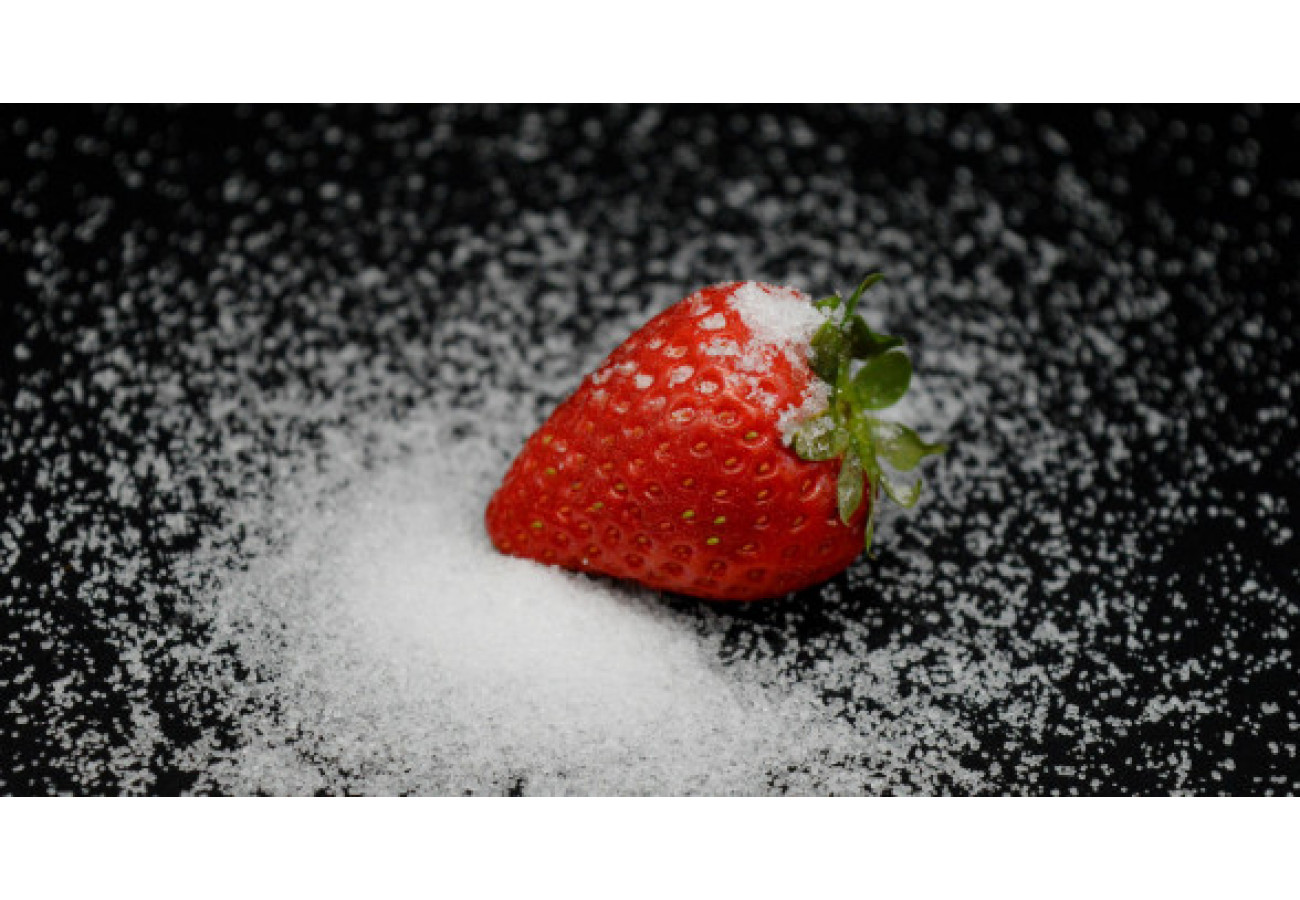Diabetes

Thousands of people are diagnosed diabetes every day. Diabetes mellitus is globally the fifth most common cause of death.
The key risk factors of diabetes mellitus include unhealthy food, lack of physical activities, overweight and obesity, use of medications, depression, continuous stress, increased blood pressure, increased level of cholesterol and tri-glycerides in blood, and steatoses (fatty liver).
Diabetes mellitus is primarily caused by insulin resistance, namely, decreased bodily response to the insulin produced. The key function of insulin is to deliver sugar from blood circulation system to cells to be used as a source of energy.
There are two types of diabetes mellitus, type 1 diabetes and type 2 diabetes. In case of type 1 diabetes, patients are dependent on insulin intake as the only possibility to prevent insulin shortage. Type 1 diabetes generally affects children and young people. Type 1 diabetes patients make about 10 – 15% of all diabetes patients.
Type 2 diabetes is a modern lifestyle disease most commonly affecting people after 40. 85-90% of all patients have type 2 diabetes. Lifestyle and change of eating habits are essential factors to prevent the disease. Medications that reduce blood sugar level are additionally taken, and occasionally insulin injections are necessary as well.
Signs of diabetes mellitus may include: weight changes without obvious cause, fatigue, thirst, frequent urination, vision deterioration, lengthy wound healing, numb feet, etc. Other typical symptoms include increased blood pressure and increased lipid or fat content. Symptoms develop gradually and therefore they often remain unnoticed.
Type 2 diabetes mellitus earlier observed mainly in elderly people is the most common type. Unfortunately, diabetes gradually becomes “younger” and also common in children, juveniles and young people.
According to multiple studies, sufficient intake of soluble and non-soluble fiber can notably prevent development of diabetes. For those affected by diabetes, maintenance of proper blood sugar level and avoiding rapid fluctuations of glycose level is crucial, i.e., sugar level should exhibit rapid increase or reduce. Cellular tissues slow down digestion process and therefore the reduction of blood sugar level.
RTS FIBER products contain soluble and non-soluble fiber that help to optimize activity of intestinal tract. Intake of soluble and non-soluble fiber in proper proportion is the only way to clean fatty liver. RTS FIBER W help to clean intestinal system, regulate abdominal activity and help to remove lipids from blood vessels. RTS FIBER B helps to notably reduce blood glycose level and optimize activity of pancreas. RTS FIBER G strengthens myocardium and reduces the risk of atherosclerosis, prevents formation of hemorrhoids. RTS FIBER Y improves metabolism, activates fat exchange and contains squalene that supplies oxygen to human body.
Regular intake of RTS FIBER food supplements helps to optimize activity of stomach and intestinal tract, improve activity of pancreas, reduce the risk of cardio-vascular diseases, and help to restore microbiome as immunity strengthening agent.








